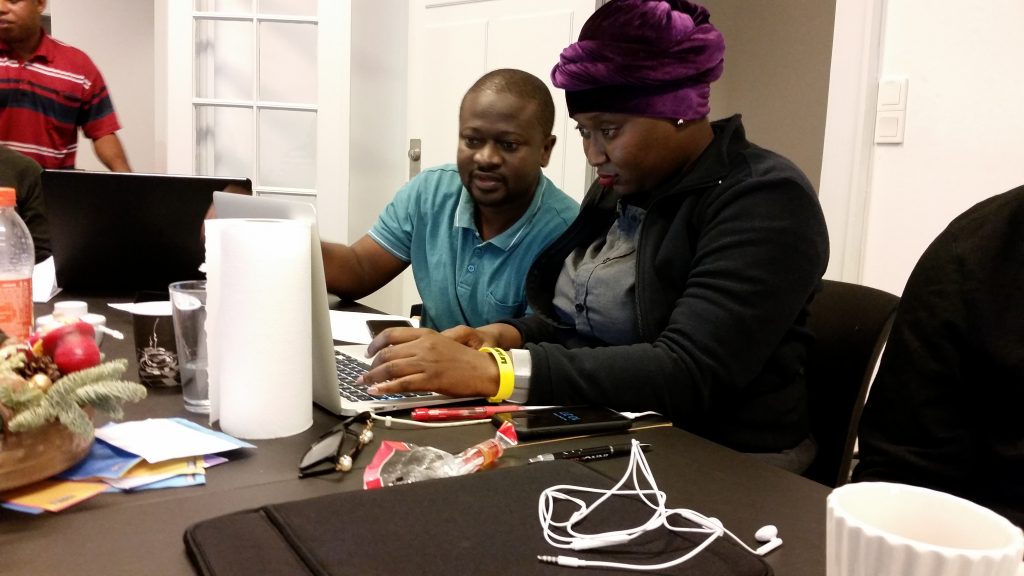eLearning
E-learning is the use of digital resources in teaching. It may be fully online teaching, but more often in Higher Learning (as in this project) use of digital resources is integrated with classroom activities, which is then known as blended learning. It involves mostly the use of a Virtual Learning Environment (or Learning Management System) with a platform for each course, where fx. teaching material is shared, messages is sent to students, assignments are handed in and corrected, Quizzes are designed and links to digital resources on the internet is provided. E-learning can enhance the learning outcome as well as provide flexibility for teachers and students.
